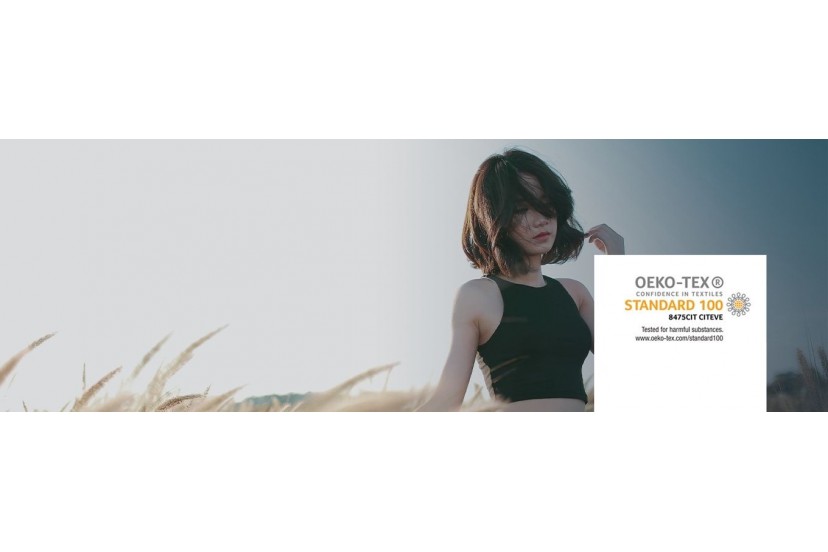How do you know your sheets are free of harmful chemicals? Well, OEKO-TEX® analyses the entire process to make sure it follows the right pattern - and we're certified by them
There're several steps to produce bed linen, since the extraction of raw materials to the ready-to-use products. To obtain the STANDARD 100 by OEKO-TEX®, each stage needs to be successfully tested for harmful substances by independent institutes. That's great, right? It means that there's effective consumer protection.
Ok, you got it. What about the companies you work with?
This certification can be only obtained if all components of an end product comply with the required criteria. We're talking about yarns, fabrics, dyed or finished materials, accessories (such as buttons, zips, interlinings, and hook-and-loop fasteners), outer material, sewing threads, prints, and coatings. So, all our production partners need to be certified.
Frequently, the company responsible for each stage of the process send samples of what it's producing at that moment to be analysed. As a worldwide system, OEKO-TEX® is capable of testing in any location around the world, taking into consideration the different environmental regulations applied in each country involved in textile production.
Are all textile products analysed in the same way?
Our bed linen is categorised in class I, alongside with underwear, romper suits, and soft toys. We're talking about textiles and textile toys for babies and small children up to the age of three.
The criteria is based on the use of the products. So, the more intensively a textile comes into contact with the skin, the higher human ecological requirements must be met. There're three more classes, that includes (II) textiles which have a large part of their surface in direct contact with the skin, (III) textiles which have no or only a little part of their surface in direct contact with the skin, and (IV) furnishing materials for decorative purposes.
So, what does OEKO-TEX® looking for?
Having a uniform scientific basis behind, the STANDARD 100 by OEKO-TEX® considers the important legal regulations and requirements, as well as numerous harmful chemicals and environmentally relevant substance classes on its analyses, going in several cases far beyond national and international standards.
The test is based on the release of harmful substances from the materials to be tested, taking into account all possible ways by which they could be absorbed into the human body, like orally, via the skin or by inhalation. This is really important since there's possible contact with skin and a consequent risk of absorption through the skin.
After analysing each processing stage and identifying potential sources of problematic substances, the OEKO-TEX® system can eliminate the origin and, then, recompose or chemically change the material.
Since we're in the same class as materials for babies and toddlers, it's done an additional test for colour fastness, using a simulation of sucking and nibbling with a synthetic saliva and perspiration solution. Also, atypical odours are analysed.
To sum up, you should definitely pay attention to the options in the market to be sure you're buying safe bed linen.









